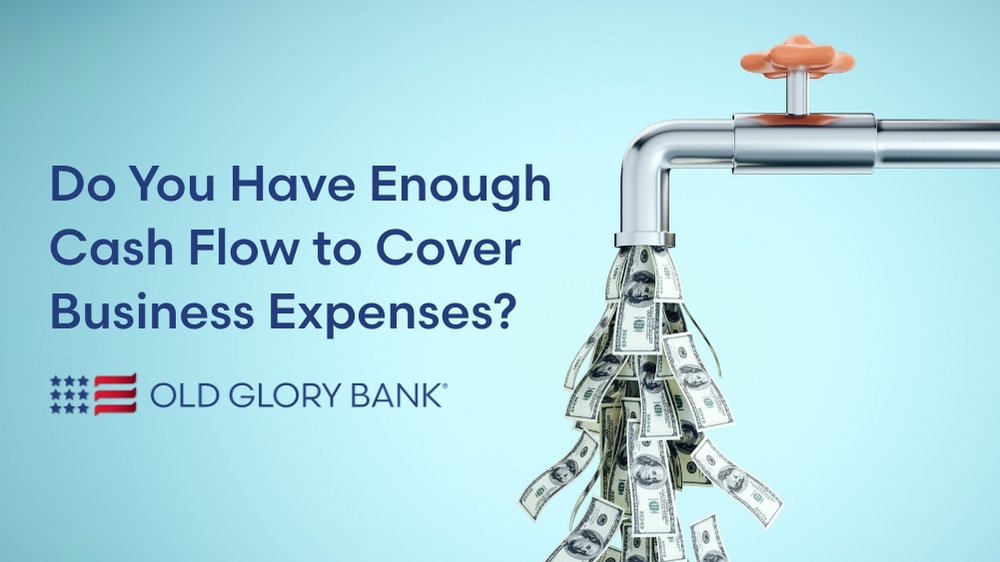If you’ve ever found yourself asking, “Can I actually afford this right now?” — you’re not alone.
For many small business owners, understanding cash flow is a constant source of stress.
You're busy running the day-to-day, and you may not have the luxury of a full-time CFO to monitor the numbers.
But here’s the thing: you don’t need to be a financial expert to stay on top of your cash flow.
You just need to understand a few key numbers — and know how to track them without spending hours in spreadsheets.
Why Is Cash Flow So Hard to Grasp?
In a small business, revenue doesn’t always equal available cash. When you're juggling sales, inventory, payroll, taxes, and debt payments, it’s easy to lose track of what’s really happening in your bank account.
Here are three critical numbers that many small business owners struggle to calculate quickly — especially without a dedicated financial manager.
1. Current Cash Balance
What it is: The actual amount of money available in your business bank accounts.
Why it's important: This is your starting point. It’s what you have, right now, to pay for rent, supplies, payroll, and other expenses.
The challenge: Many owners look at their online banking balance and assume that’s the full picture. However, pending payments, uncashed checks, or automatic withdrawals can throw that number off — often at the worst time.
2. Total Monthly Expenses
What it is: The total amount of money your business spends each month to keep operating — fixed costs plus variable expenses.
Why it's important: You need to know what it takes to “keep the lights on.” Without this, it’s hard to budget or plan for slower sales periods.
The challenge: Expenses aren’t always predictable. One-time purchases, subscription renewals, or seasonal payroll changes can cause big swings, and many business owners don’t update their expense totals regularly.
3. Incoming Cash (Next 30 Days)
What it is: The money you expect to receive — from invoices, bookings, or other revenue.
Why it's important: This tells you if more cash is coming in than going out — or if you need to bridge a gap.
The challenge: If you're waiting on unpaid invoices or dealing with unpredictable sales, it’s hard to know what will actually show up in your account and when. Many business owners rely on gut instinct rather than real numbers.The Simple, No Cost Solution: An Account Dashboard Built for Small Business
Here’s what you can do to stay on top of cash flow — even if you don’t have a CFO:
1. If you’re not an Old Glory Bank business customer, consider opening an account.
2. Once you become an account holder, enroll in Business Insights for free. You’ll get access to an easy way to see your cash flow in one, crystal clear dashboard.
3. Download the Old Glory Bank app for maximum efficiency.
An Old Glory Business Account + Business Insights Dashboard is the Right Fit for Your Unique Company
See how small business owners are making smart decisions without learning complicated software or hiring a CFO when you save your spot in the Know Your Numbers Workshop.
Whether you’re thinking about a side hustle or growing an existing business, you’ll be surprised at how easy it is to quickly understand your cash flow.
You’re invited to join our cash flow expert for a complete walk through, complete with happy client success stories!
When: May 22 at 11am CT (12pm ET/9am PT)
Where: Online
Cost: Free (limited spots available)


